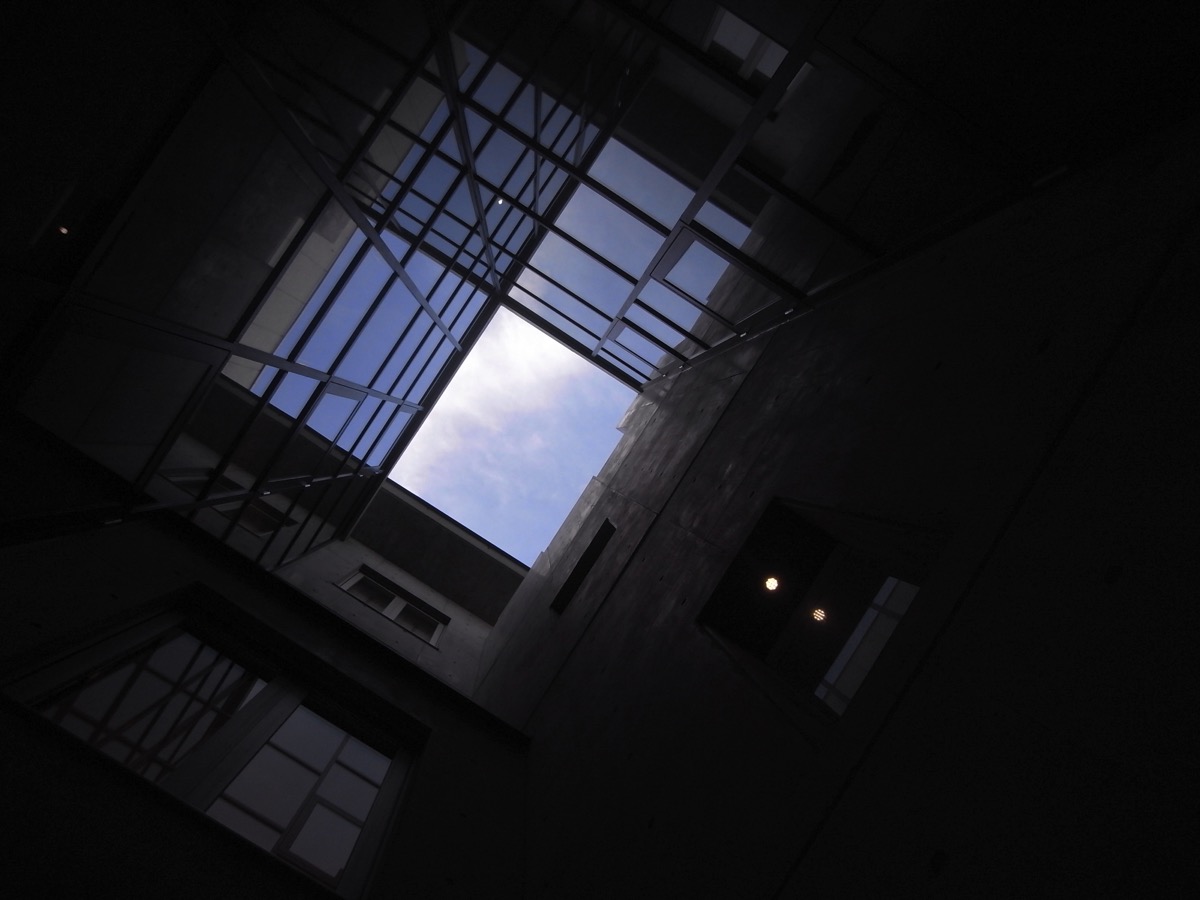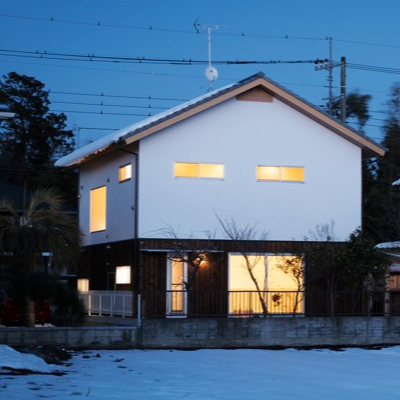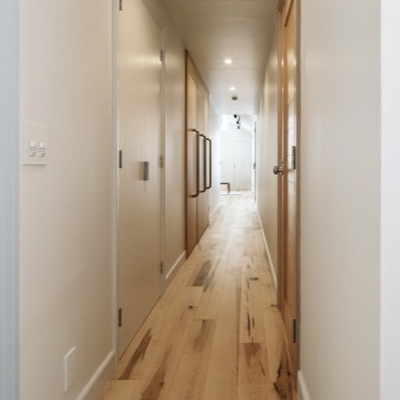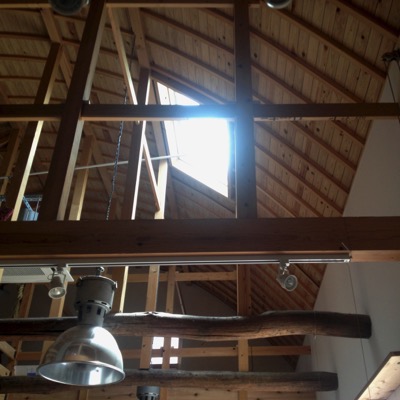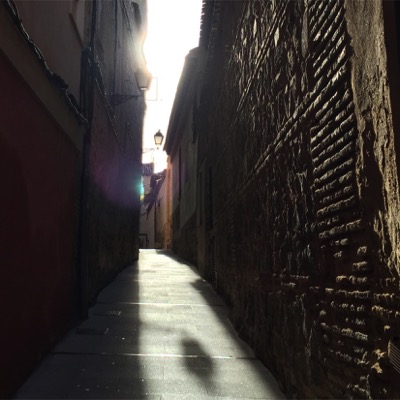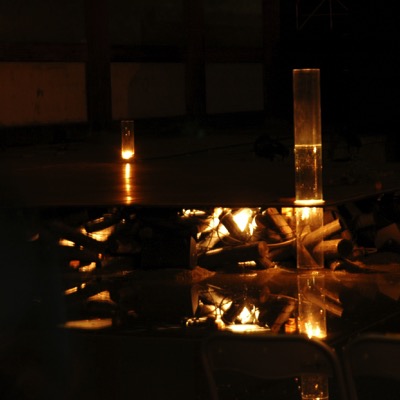When I talk with people who graduated from design schools in the west and are interested in Japanese culture, they frequently mention “In Praise of Shadows”. It is a title of a novel written by Junichiro Tanizaki. In fact, few people consider this novel as one of the most representative works among the author’s many novels. Nevertheless, it is a very well-known book and often used in schools overseas.
In my view, it is because this book is based on a simple and comprehensive concept, and aptly expresses Japanese aesthetics in architectural space based on western ways of thinking.
Shadow is associated with darkness and death. One can easily imagine that the opposite of shadow is light, which is associated with life.
This book describes the significance of light, and shadow is equally important as it helps people better understand the significance of light. This way of making a clear distinction between two opposite things––light and shadow in this case––is actually very western and that is exactly why this book is supported by so many people.
On the other hand, there is another way of looking at this. There is darkness in light and light in darkness, and therefore they should be perceived as one. It is a Zen way of thinking and hard to explain in words.
A view one sees may appear completely different, depending on how one sees oneself. Considering the fact that people in different eras and countries have been talking about the concept of “ying and yang” in different ways, I am certain that both aspects are important for people.
It is interesting to think about this theme in relation to actual architectural space.
Light and shadow are generated by the presence or absence of objects. One of the prime examples is day and night. If there is an object between the sun and oneself, it is night. If nothing exists between them, it is day. It is very simple.
Two aspects of completely different dimensions, namely “light and shadow” and “presence or absence of objects” are intertwined intricately like an inseparable pair of male and female dancers dancing in the flow of time in this space.
